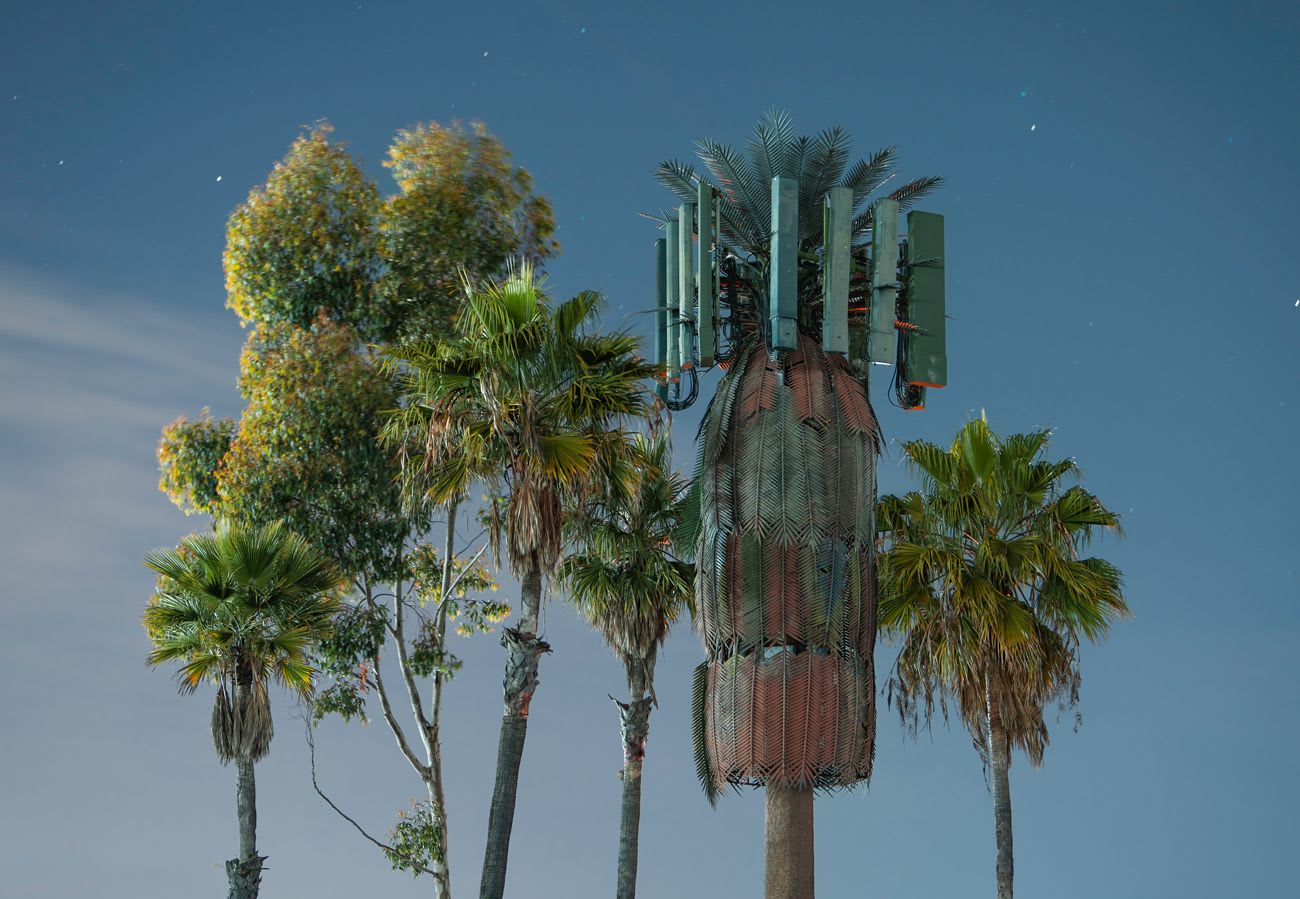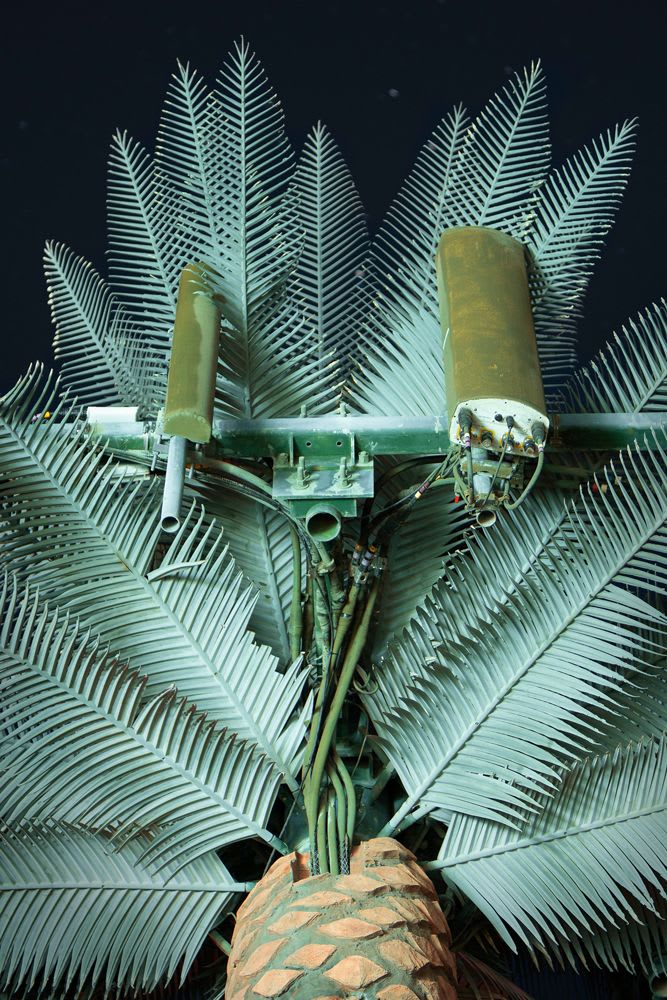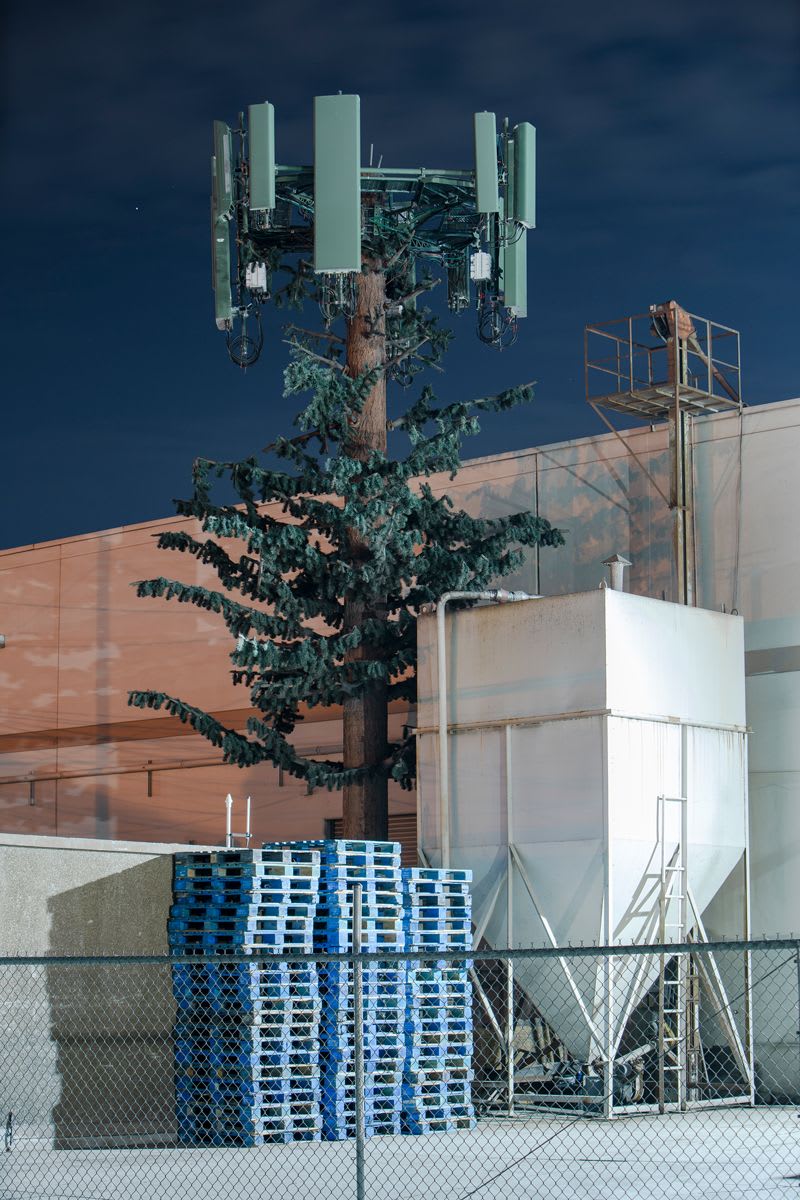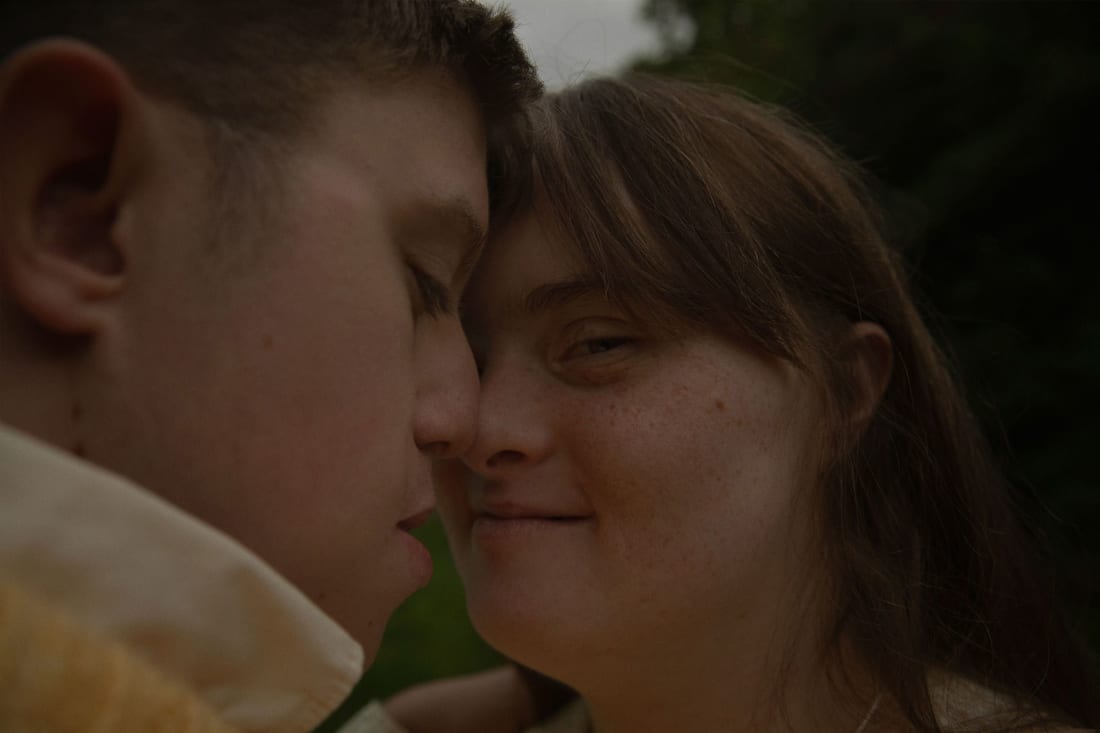Bizarre photos of cell phone towers mounted in the Californian landscape
A new photo book explores fake aesthetics and ugly realities in the digital age
A new photo book explores fake aesthetics and ugly realities in the digital age
When was the last time a photo stopped you in your tracks? For us, it would be when we first saw the images of cell phone towers jutting out of trees that make up Işık Kaya and Thomas Georg Blank’s photobook Second Nature. Inspired from when they first moved to Los Angeles and began to spot these odd structures dotted across the Californian landscape, the series makes us confront humankind’s encroachment on the environment and the never-ending collision between nature and technology caused by capitalism. To find out more, we spoke to the duo for a quick-fire, yet esoteric, interview about optimisation culture and location scouting via Google Maps.
Where did the idea for the book come from?
Seeing those strange structures gave us the idea. We both moved to California a few years ago and had never seen anything like it before. So when we first saw a cell tower tree, Işık felt the urge to start taking photos as a way to observe them. The relation between humans, their environment, and nature had been a central topic in her work before and it made perfect sense to explore these bizarre trees.
How did you track down the cell phone towers you photographed for the series?
Initially, we were taking photos of cell tower trees that we would see on the side of the road while driving. Soon after, we discovered that cell tower locations are publicly accessible, and some websites show them on a map. However, there was a huge drawback to this: they don't indicate which cell towers are concealed as trees, and there are tens of thousands of markers on those maps. So when the first pandemic lockdown happened in California in 2020, Thomas spent his days checking every single marker location from those maps with Google Street View. After doing that for several weeks, he found more than a thousand in Southern California. We then started working our way through clusters on this map, and in 2022 we had visited pretty much every single cell tower tree between the Mexican border and Bakersfield. The result was an extensive series of several hundred photos that we condensed into the book Second Nature.
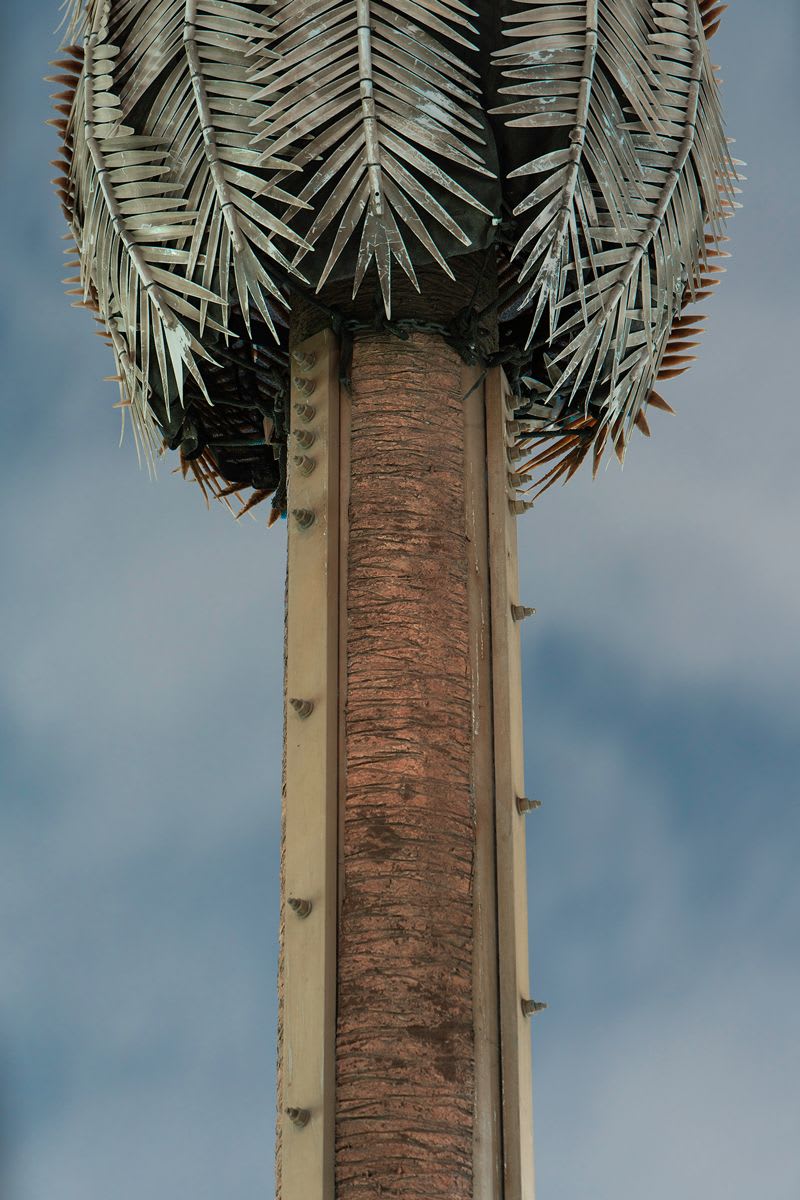
What do the photos make us think about the relationship between humans and nature?
For this question, we will lend the words of our friend and great philosopher Ziad Mahayni, who wrote one of the two texts in our book: “One can understand the mobile phone trees as camouflaged technology or as optimised nature, as a tree that can do more than ‘just’ look like a tree. One can understand the mobile phone trees as optimised, transcended nature, which would be completely in line with the new paradigm of the dawning digital age. In this way, the tree becomes a trans-tree, a trans-arbor, a prototype of transcended nature that is supposed to be able to do more than just be nature. Seen from this perspective, the mobile phone trees are part of a development that since the late twentieth century has created and is yet to create many similarly irritating hybrid artefacts, from genetically optimised plants to cloned animals and artificial organs printed out in 3D bio-printing.”
What do you want readers to take away from the book?
We would like our book to make people question the world they live in. Just a few years ago for the first time in history, more than 50% of humans started to live in cities. That means the majority of us live in spaces that are entirely designed by humans. Unfortunately, rather rarely they are created for humans. Instead, they are created to maximise the flow of goods and workforce. The relations we develop to these spaces are often ambiguous. We love the comfort of personal cars and the speed of highways, yet dependency on fossil fuel is causing our planet to heat up. We love a fast, wireless, and ubiquitous connection to the telecommunication networks through cell towers, yet, thanks to Edward Snowden, we know that governments are using it to collect data and surveil us. So what do we do about that? This is the kind of thought we would like to evoke.
Finally, what are you next working on?
We recently started to film in the ports of Los Angeles and Long Beach. The giant ships and tens of thousands of containers that are being processed 24/7 make for quite the spectacle. We are not exactly sure what form the project will eventually take, maybe some kind of video installation. If you want to stay updated, you can follow us on Instagram @kaya.blank. We will share our progress there from time to time.
Second Nature by Işık Kaya & Thomas Georg Blank is out now, published via Kehrer Verlag

